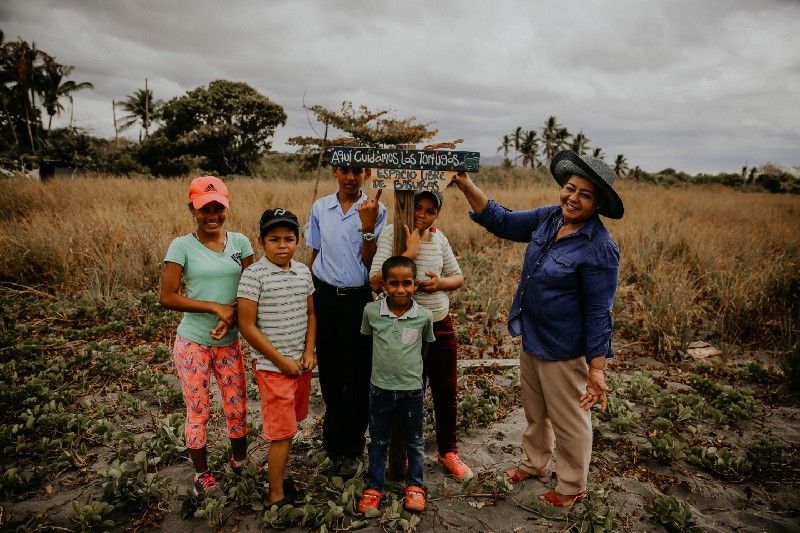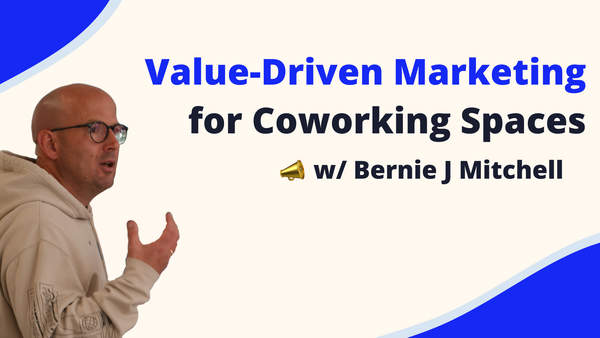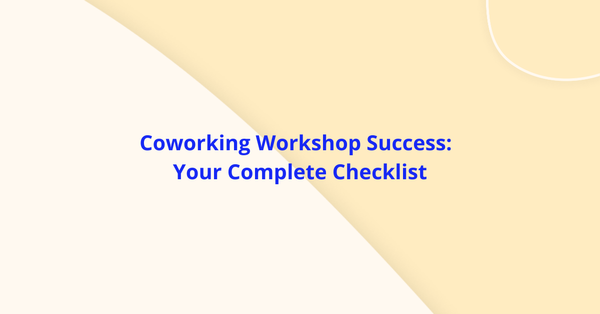Puedes leer este artículo en español aquí.
Does Selina see coworking as a tool to unite local with visitors? Or more concretely, I want to know if Selina offers this service to satisfy the digital nomads and local workers. Since the service is useful for more than just travelers, does this organically foster a mix of tourists, nomads, and the local community? And if so, what side benefits would that provide for the community?
“When Rafi and Daniel (Selina founders) were considering the idea they realized that hostels are all about experiences but can be difficult to live in for long stretches of time, and boutique hotels are spectacular but do not provide complete experiences to their guests. They wanted to create something in the middle that could combine the best of both models for a new generation of travelers, digital nomads, who want flexibility and want to work remotely. When we understood our target we realized that we had to offer them a professional place from which to work and be productive for seven or eight hours of day.” Maca explains.
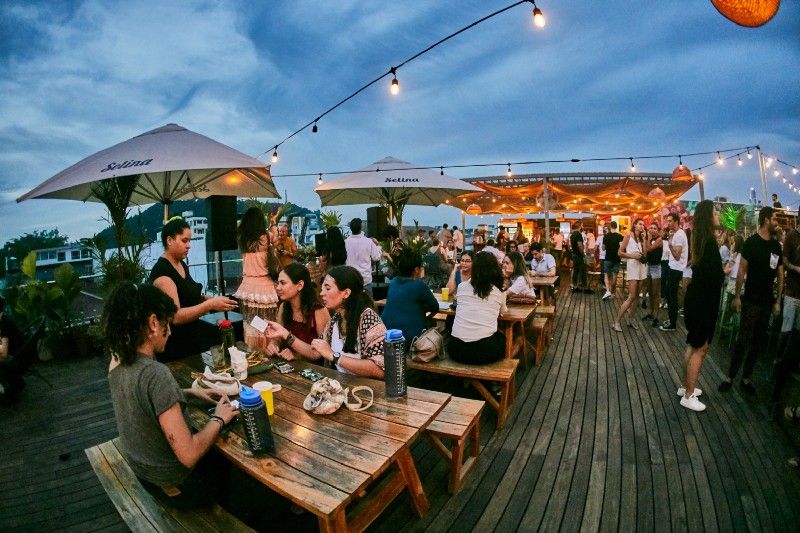
“Initially saw a trend that people would come into the lobby just to use the wifi for work: we decided to go further. We wanted to offer them a more suitable place to work than the lobby. We also want to differentiate ouselves from the plain coworking in the area, and since we have all the experience services, you can hit the bar, sit down at the restaurant, and when you finish working you can swing by one of our activities: We define it as cross-pollination.”
Coworking may have started out as a necessity for their guests, but I think it allows Selina to add value to local people and visitors alike, offering a unique product that is hard for local competitors can match. For Selina it is also an opportunity to obtain additional revenue from existing services in its locations while offering a better perception of value.
“For us coworking is a learning space. Coworking represents an opportunity and has a lot of potential. While I was working out of Virreyes (coworking space) in CDMX I met some people who had a social enterprise that helps people training them in technological skills. Nowadays we have an alliance with them to help run coding lessons or improve the self-taught coding skills to allow the local community to be able to access jobs in a sector that is experiencing rapid growth.” Eva’s explanation reminds me, in a certain way, of how Selina’s vision of coworking is closer to the original coworking concept than other current models.
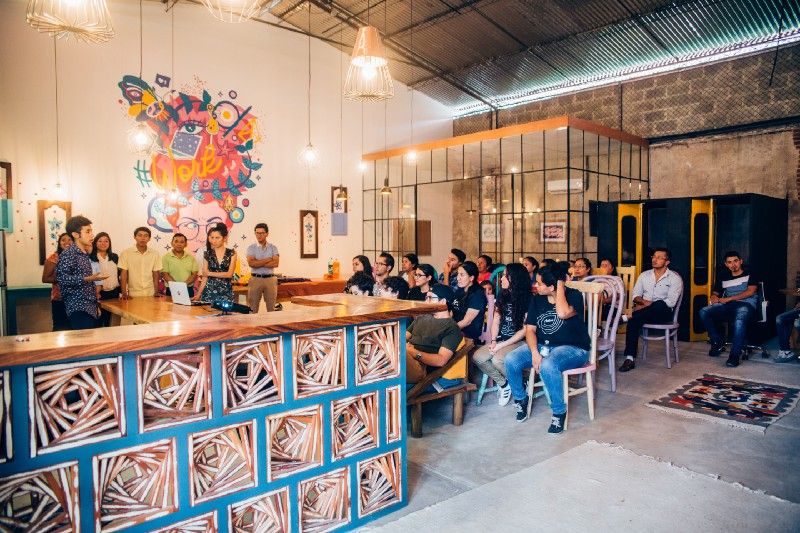
In fact, one of the advantages of Selina’s coworking proposal is this mix between the local community and nomads. Their locations, primarily in Latin American countries with underdeveloped economies (compared to the US or Europe), means that there is a wide gulf between the expected earnings of the nomads and the local community, but also a valuable opportunity for developing high-demand skills and knowledge. That is, for a local programmer (or other professions that can work remotely) meeting a large number of professionals working in markets of higher GDP provides them with networking opportunities that in a conventional space will be much more modest. Obviously it is just potential, but it certainly makes a difference and if Selina invests the necessary effort to pair both communities properly the result could be staggering.
In Selina they are aware of this potential and Maca highlights the fact that Selina (what goes unsaid: unlike other international coworking operators) “will be in the obvious and not obvious cities. Selina will be in New York, Madrid, Barcelona, London, Lima, Cuzco, … but we will also be in Tena in Ecuador or in Guarás in Peru.
Once I satisfied my curiosity about the dynamic between coworking in their social and business strategy, I got to another point I wanted to ask about: carbon offsets. Some companies in other industries have started using this method alongside others to directly minimize their ecological impact, but have always done trying to minimize the impact of its operations, not of their customers. Several airlines also work to reduce the environmental impact of their operations and many now offer travelers the option of buying carbon offsets (buying them themselves) or contribute to the purchase of SAF (Sustainable Aviation Fuel).
Eva answers carefully, since they have not finished assessing. “We have to find out where our risks at environmental level are.” She cannot give us a concrete answer, but she speculates: “Informally, it’s possible if we see that there is a lot of space to improve. One of the categories we have in the analysis is “air quality,” which contains more than 20 factors. When we can measure these values in each of the locations, we can reduce our ecological footprint, which is our long-term goal.”
However Eva adds “Although Selina must first take responsibility for its own impact as a company we’re also interested in studying options to work with our guests’ carbon footprint. We have a list of several companies that are offering carbon offsets and I think we could see an opportunity to be developed within the loyalty program. Maybe in six months there can be an option. One of the current initiatives they provide is points in their reward program for the use of Selina-rented bicycles instead of renting cars or other fossil-fuel based transport options.
Regarding Selina’s staff air travel impact, they already implemented a policy that establishes travel quotas for each department to reduce the amount of travel that employees make each month and therefore the environmental impact of the company.” In line with what you were telling us (about airlines, carbon offsets and SAFs), understanding how other companies operate can help us decide with whom we want to make partnerships in the future, and understand how our guests use them and find the best option to reduce their environmental impact.” Maca also adds “all companies are starting to implement sustainability policies and I think this is going to go even further because if they don’t they will lose a part of the public.”
The question nobody has asked Maca Capocci is: Is it possible to have growth in the tourism industry and do it in a sustainable way?
Maca believes that this balance is possible. A part of the work falls to companies while another to the environmentally conscious traveler chooses sustainable options. Because, she reminds us, the client has the power to make companies take decisions to be more sustainable.” I think we are on the right track and that many companies are getting it, but we all need to make a change of mind now.”
It seems to me a very coherent attitude with company policy: Do good and be rewarded.
Eva’s question goes along the same lines: How can the consumer pressure companies like ours to be better? However, there is a very specific aspect that seems extremely interesting to me and it is even more so when she offers this answer.
“Actually, it is the same consumer of our product who defines part of our policies. What I would like to do is be shown the company’s sustainability report before making the reservation, because I’m in this industry I looking for these kind of information, but it should be made available to the consumer so that they could make their decision based also on the level of responsibility and transparency that the company has. This report should be detailed enough to be done at the level of each of the locations.” In this sense Eva also mentions to us “the excess of tourism is a specific problem that with much more detailed reports and audits in the chain of suppliers of each company could be made visible as a hotel in particular is impacting on the community in which it is located. Thus, as a consumer, we can be stricter with what we are consuming.
Transparency in companies, Eva reminds us, only comes when the consumer applies that pressure and those questions that are super important in order to make a responsible purchasing decision.
I believe that this change of mentality in the client that both Eva and Maca stand out, and the actions proposed by Eva: making visible the sustainability policy of the companies before making a purchase (an annual report is better than not having information but I agree with Eva in the sense that it should be much more visible to increase awareness and help decision-making) are essential to facilitate a change of mentality of those people who have not yet done so and to make visible the effort of many others that have already done so.
If you aren’t already using Cobot as your coworking management software, give it a go! You’ll find that our features can help you run your coworking space more effectively and grow your community. Just sign up for a free trial or a live demo session. And if you have questions, our support team is all ears!
Happy Coworking!
